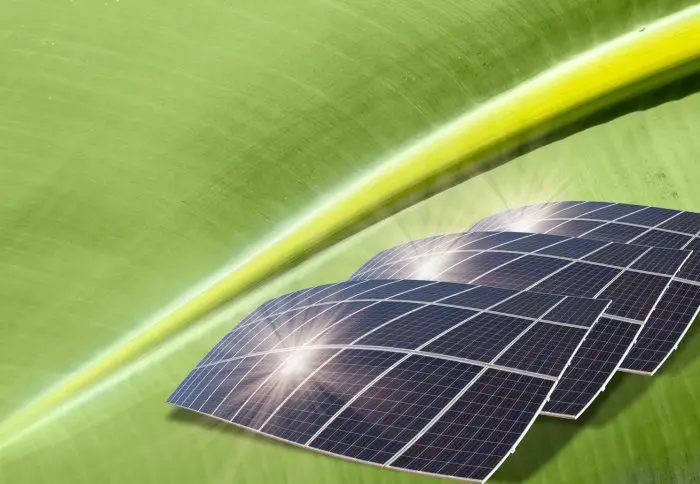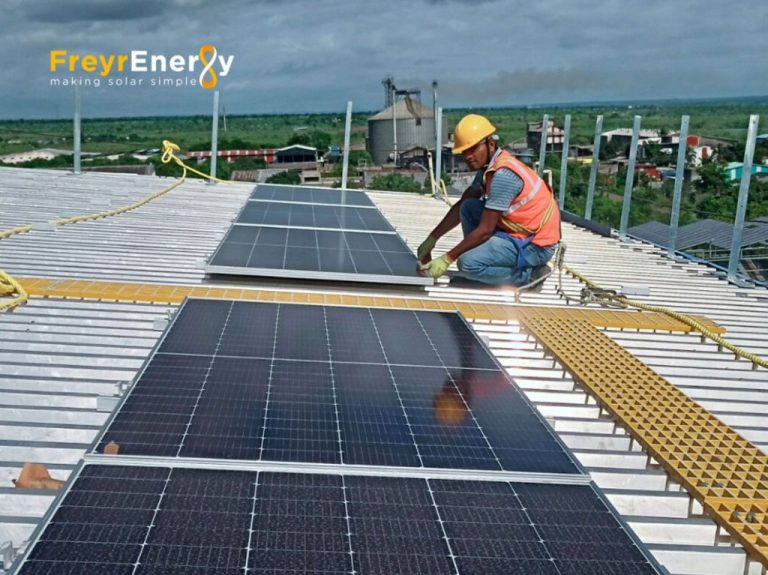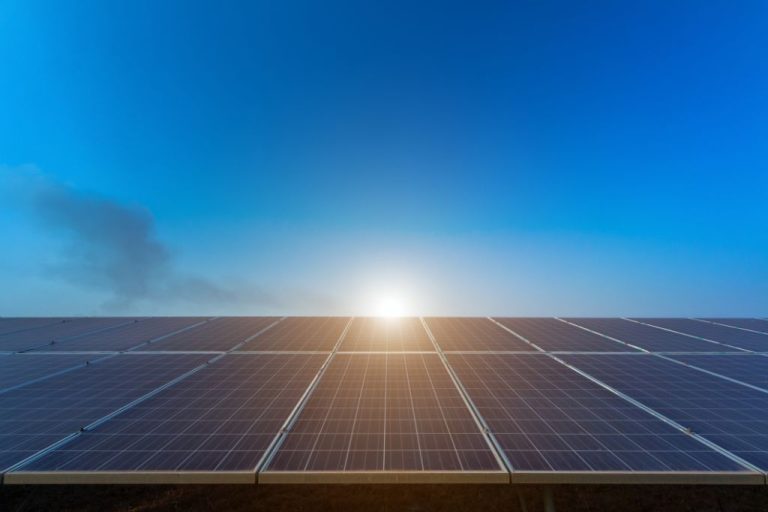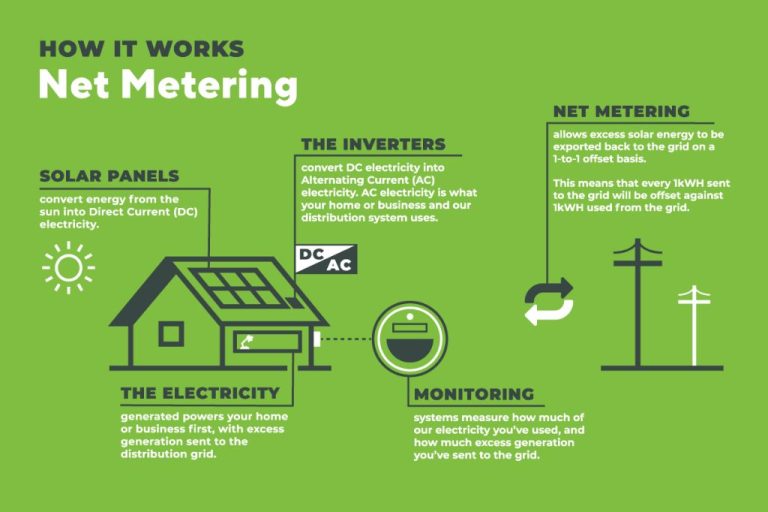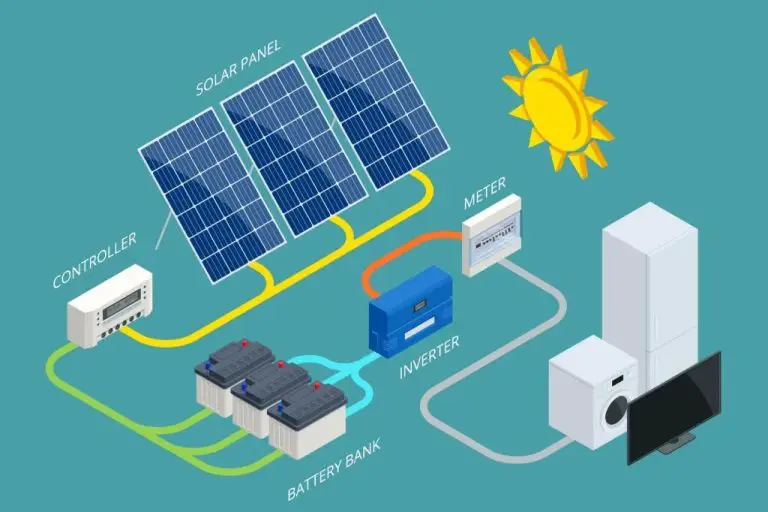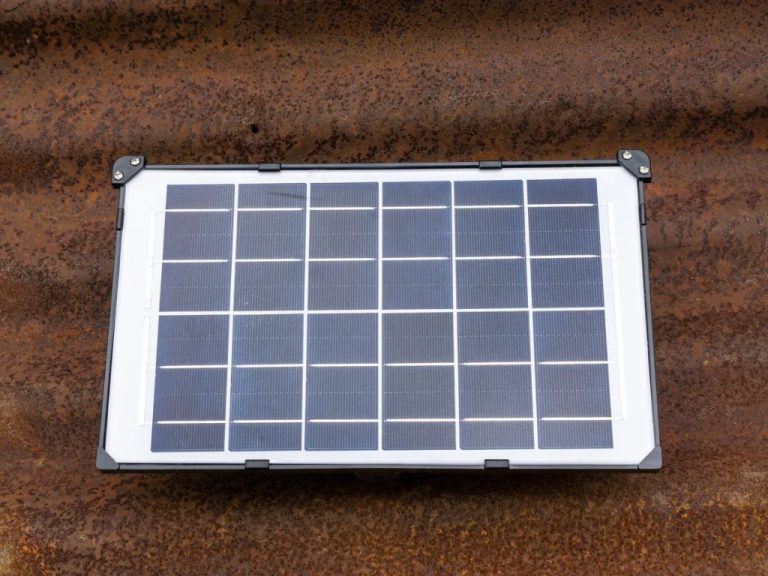Are Solar Panels Always Live?
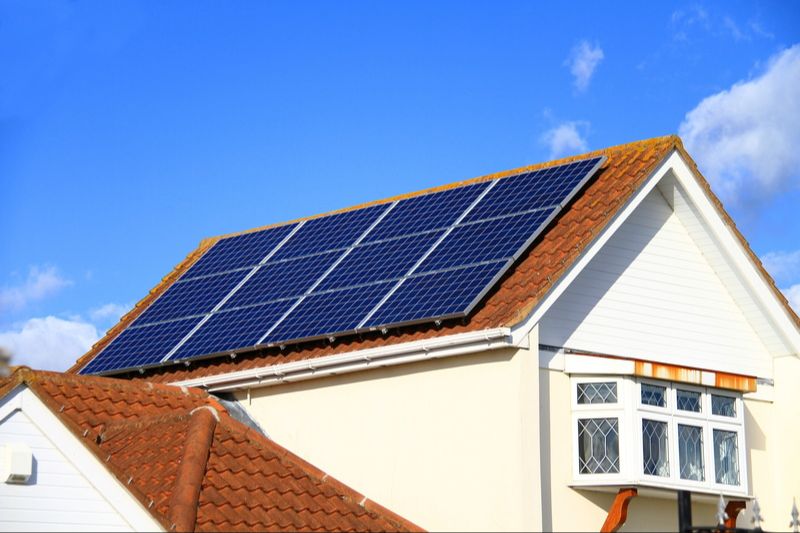
Solar energy is rapidly becoming one of the most popular sources of renewable energy for homes and businesses. With concerns about climate change and rising energy costs, many people are looking to solar panels as an eco-friendly and cost-effective way to power their homes and reduce their carbon footprint. But how exactly do solar panels work to convert sunlight into electricity? And are solar panels producing energy even when the sun isn’t shining? In this article, we’ll take a closer look at how solar panels operate and discuss some common misconceptions about these useful devices.
How Solar Panels Work
Solar panels work through the photovoltaic effect, which converts sunlight directly into electricity. Solar cells inside the panel contain materials like silicon that have properties known as semiconductors. When sunlight hits these materials, the photons knock electrons loose from their atoms. These free electrons then flow in one direction to create an electric current, while the “hole” left behind where the electron was moves in the other direction (Livescience, 2022).
The flow of electrons generates a DC (direct current) voltage between two layers in the solar cell, which can then be collected by wiring and fed into an inverter to convert it into AC (alternating current) electricity that can be used to power lights, appliances, and more (Livescience, 2022). So in essence, solar panels convert sunlight into usable electricity through this photovoltaic effect at the atomic level.
Only Generate Power in Daylight
Solar panels produce electricity by converting sunlight into direct current electricity using the photovoltaic effect. This process requires exposure to sunlight in order to generate power. Solar cells cannot produce electricity at night when there is no sunlight available to convert into electricity (Forbes).
Solar panels are designed to harness the specific wavelengths found in sunlight. Without exposure to these wavelengths, such as at night, solar panels do not actively generate any electricity. Even moonlight does not provide the right wavelengths or lumens for the photovoltaic material in solar panels to convert that light into usable electricity (Solar Reviews).
Low Light vs No Light
Output is lower on cloudy, rainy, or snowy days but not zero. Solar panels can still generate 10-25% of their rated wattage on heavily overcast days (Solarempower.com). Factors such as cloud cover density and types of clouds impact generation. Thick storm clouds block sunlight more than thin, wispy cirrus clouds. However, as long as it’s not pitch black, solar panels will produce some electricity. According to Energy Theory, a 100-watt solar panel may generate 10-20 watts on an overcast day with heavy clouds (Energytheory.com).
The main reason output drops on cloudy days is less sunlight hits the solar cells directly. But some light still diffuses through clouds. As long as photons from diffused light hit solar panels, they create an electric current. Solar panels work even on dark, stormy days – just at reduced efficiency and power.
Safety Concerns
Some people worry that solar panels are dangerous because they think the panels are always “live” and emitting electricity. However, solar panels only generate electricity when exposed to sunlight. They do not emit electricity at night or when covered by shade or clouds.
Solar panels produce direct current (DC) electricity that flows to an inverter, which converts it to alternating current (AC) used in homes. At night, solar panels do not produce electricity, so there is no danger of electric shock from touching them when it’s dark. Most residential systems also have the DC wires between panels and inverters disconnected for safety reasons. According to Anker, you’re no more likely to get electrocuted from solar panels on a roof than from the shingles or tiles on that roof.
While very unlikely, damages like cracked glass or frayed wiring could potentially cause electric shocks from solar panels during daylight. Regular inspections and maintenance help minimize such risks. As long as a solar system is properly installed and maintained, solar panels pose very minimal safety hazards.
Disconnect at Night
Solar panel systems utilize inverters to convert the DC power generated by the solar panels into usable AC power for your home. At night when solar panels are not actively generating electricity, the inverters automatically disconnect the system for safety and efficiency reasons.
Without sunlight, solar panels do not produce any electricity to send to the inverters. As a result, the inverters detect this lack of power generation and shut off the system on their own. This prevents any unsafe backfeed of electricity at night and also conserves energy by powering down unused components.
So in short, yes solar inverter systems do turn off at night when there is no sunlight. This is because solar panels rely on sunlight to produce energy, so when it’s dark, they stop generating electricity, triggering the inverters to shut off the system safely until the next day.[1]
Battery Storage
One common question with solar panels is whether they can store energy for use when the sun isn’t shining. Solar panels themselves do not have built-in storage, but they can be paired with solar batteries to store excess solar energy for use anytime – even at night. Batteries offer homeowners energy independence and resiliency by ensuring power even during grid outages.
There are a few main types of batteries used for solar energy storage:
- Lead acid batteries – An older but cost-effective technology best suited for small scale installations
- Lithium ion batteries – The most popular choice today, with benefits like long lifespan, light weight, and efficiency. Major brands include Tesla Powerwall and LG Chem.
- Flow batteries – An emerging technology allowing for large scale energy storage capacities.
Batteries connect to the solar panels via a charge controller, which regulates the voltage and current entering and leaving the battery to prevent damage. The inverter than converts the DC electricity from the batteries into usable AC electricity for your home’s outlets and appliances. With a solar battery, excess energy produced by solar panels during the day can be stored and utilized at any time of day or night.[1][2]
Microinverters
Microinverters are small inverters attached to each individual solar panel, rather than a central inverter for the entire array. They convert the DC electricity generated by each panel into AC electricity that can be used in the home. Some key benefits of microinverters include:
Allowing panel-level control – With central inverters, if there is shading or damage on one panel it can affect the performance of the entire system. Microinverters isolate and optimize each panel individually so the rest can operate unaffected. This maximizes energy production from each panel. As stated by Energysage, “Microinverters are better equipped to deal with shading and debris because the system doesn’t rely on all panels working in unison.” 1
Simpler design – String inverters require properly matched panels and complex wiring. Microinverters only need simple wiring from each panel to the main electrical panel.
Monitoring and troubleshooting – Microinverter systems provide panel-level monitoring to quickly identify any issues. With central inverters, issues are harder to isolate.
Safety – Microinverters operate at much lower voltages. This reduces fire risks compared to string inverter systems.
Future Advancements
Solar panel technology is rapidly improving to make renewable energy more efficient, affordable and accessible.[1] Some key advancements on the horizon include:
Batteries to store solar energy are becoming cheaper and more efficient. Battery storage allows solar power to be used even when the sun isn’t shining. Tesla and other companies are developing lithium-ion batteries to store solar energy for later use.
Efficiency of solar panels continues to increase. Labs have developed solar cells that convert over 40% of sunlight into electricity, up from 15-20% for most panels today.[2] More efficient panels mean more energy production from the same surface area.
Stretchable and flexible solar panels are being developed that can cover more surfaces, even curved or irregular shapes. Roll-out thin film panels can be installed on vehicles, clothing and other items.
Perovskite solar cells are a promising new material that is easier and cheaper to manufacture than traditional silicon cells. Perovskites could enable broader adoption of solar.
Overall, innovations in materials, battery storage, panel efficiency and form factors will enable more renewable solar energy to power our homes, vehicles and grids.
Conclusion
In summary, solar panels produce electricity during daylight hours when sunshine hits the photovoltaic cells, generating a flow of electricity. The amount of electricity produced depends on the intensity of the sunlight. While solar panels will generate some electricity even in low light conditions, they stop functioning entirely in the absence of light at night. For this reason, homeowners with solar panels often choose to pair them with batteries for energy storage. Newer microinverter technology also allows each solar panel to operate independently for improved energy capture. While solar panels turn off at night for safety reasons, advancements in the future may enable limited nighttime solar power generation. With a basic understanding of how solar panels work, homeowners can make informed decisions about installing solar.

